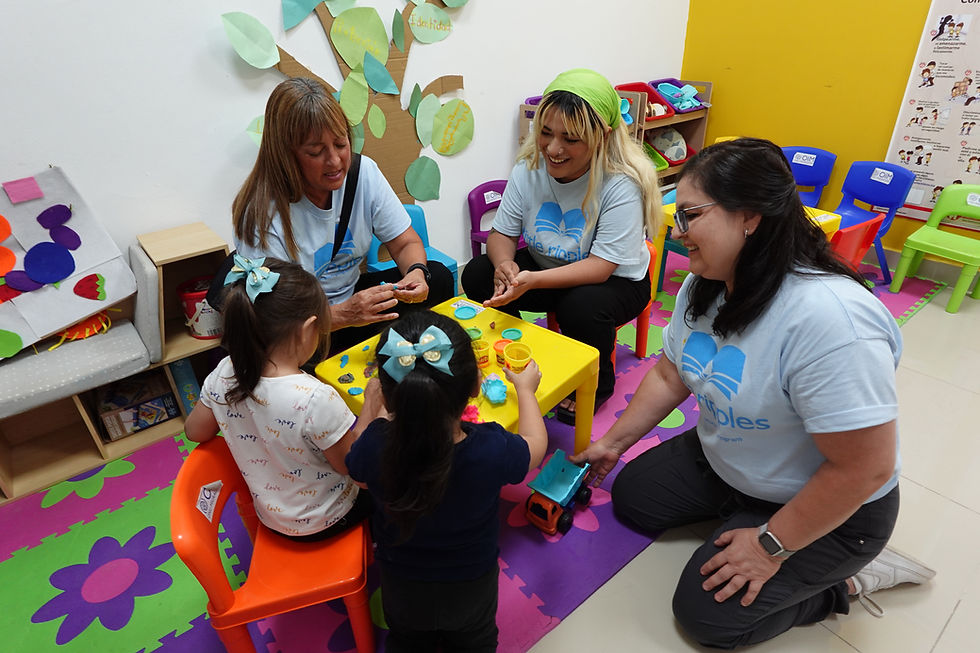A Trauma-Informed Approach to Humanitarian Action
- iACT
- Apr 3, 2019
- 2 min read
Updated: Feb 19, 2024
Over the last several decades, our understanding of trauma — how our body is impacted by trauma, and how we might provide people with resources and tools to bring themselves back into the present moment and live a fulfilling life — has substantially evolved. While scientists were making astounding discoveries about the brain, neuroscience, and trauma, the number of people displaced around the world increased dramatically. In 2018, 65.8 million people were forced to flee their homes.¹ Each of those 65.8 million people is an individual with a personal story of displacement, all too often a story that contains violence, fear, or pain and results in trauma.
Broadly defined, trauma is anything that overwhelms our ability to cope or respond, leaving us feeling hopeless and out of control;² this includes shock, developmental, systemic, and institutional trauma. To compound this, refugees and people on the move often experience the compounded effects of trauma as living in an uncertain state of displacement strips away a person’s dignity and challenges our resilience as individuals and communities. While one can never assume that those who have been forced to flee their homes live in a prolonged state of trauma, we as humanitarians and organizations serving people on the move can and should ground our programs in trauma-informed approaches that serve to empower each of us to live our fullest lives.
Psychologist and yoga teacher, Hala Khouri, M.A., SEP, E-RYT 500, states that trauma-informed approaches are quite simply people-informed approaches. As iACT has evolved from an advocacy group to a humanitarian organization, we have organically and intentionally grounded our refugee-led programs in people-informed approaches. These approaches are simple, and at the heart is the necessity to see one another clearly and compassionately.



